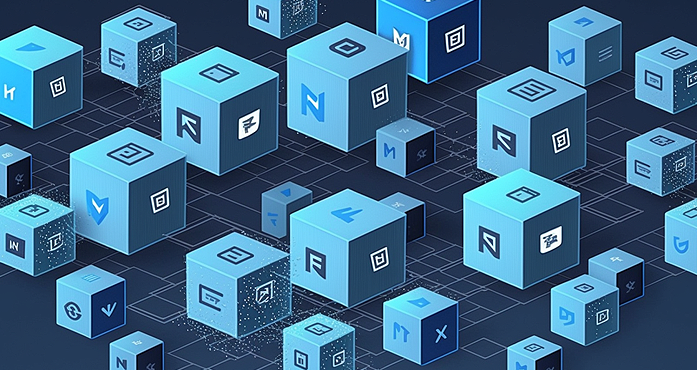share
In recent years web users have been expressing a greater desire for decentralization and anonymity in their internet experience. Although great, this desire was scarcely met until recent events. Finally, Web 3.0 is on its way, meaning that more people than ever can start making use of the World Wide Web anonymously and safely.
Additionally, Web 3.0 is aimed at raising the ease of use of the web at large. By using cutting-edge computing, Web 3.0 will be able to comprehend questions in search engines and provide individuals with personalized content better than ever before.
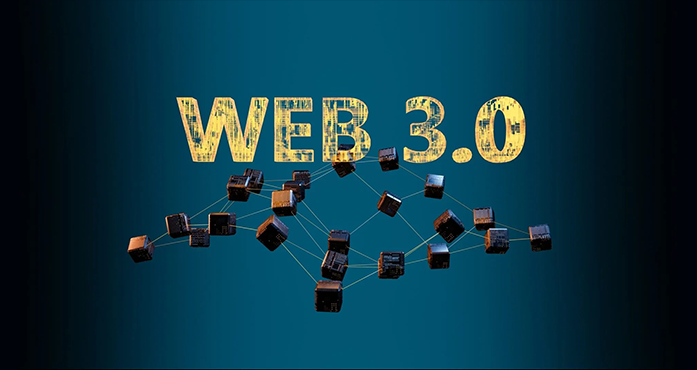
What is Web 3.0
The Internet as we know it has come a long way since its initial founding, and many iterations of it have come and gone. Therefore, terminology had to be made to refer to each and every one of these iterations. That is how the terms Web 1.0, 2.0, and 3.0 were conceived.
The first-ever era of the World Wide Web is called Web 1.0. It’s most famous for large databases and read-only user websites.
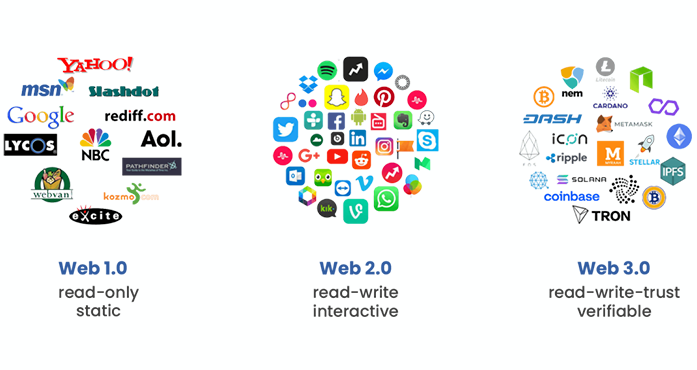
With advancements in network computing and a desire for users to interact, the next stage of the web was conceived – Web 2.0. It is also called the Social Web as it’s the first version of the Internet that hosted Social Media Websites, allowing people across the world to interact and share their experiences.
Recently, the crypto community and the web at large developments have been made to open the Web up to not be as reliant on single server complexes. That movement is called Web 3.0.
The Birth of Web 1.0 and Web Technologies as a Whole

The Internet was initially developed to solve an issue within the science community to better spread research statistics. This iteration of the global web structure is often referred to as the “read-only web” due to the innate nature of Web 1.0. Since Web 1.0 was thought of to solve a statistic share issue, the people who designed it never considered introducing user interaction into the mix. All sites during that era were purely statistics stockpiles accessible for people to comb through.
The Modern Web 2.0 Era
Web 2.0 is built on the understructure of Web 1.0 but with an aim for better consumer experience exchange and more personalized web surfing adventures. Web 2.0 is most famous for the invention of the social web, a collection of social media websites where individuals can exchange with each other freely.
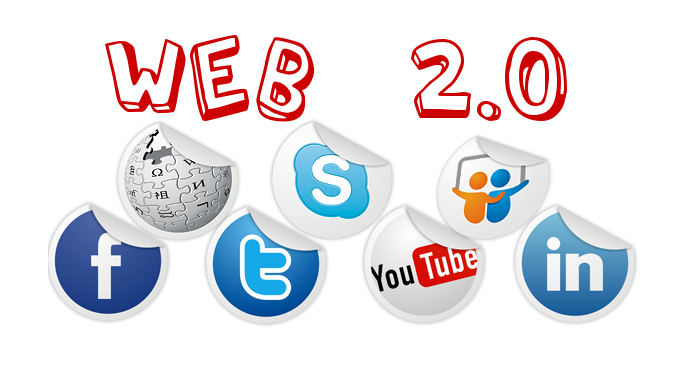
During the early stages of Web 2.0, content creation cemented its place on the Internet in the form of websites such as Facebook, YouTube, etc., where consumer-produced media was the main highlight.
The Imminent Web 3.0 Era
Tim Berners-Lee, the person that developed the fundamental iteration of the Web, conceived the phrase “Semantic Web” to talk about an idealistic view of the possibilities that the Web could be. The ideas behind this phrase are carried out by Web 3.0. In his words, the tertiary iteration of the international tech structure is a form of a reliable complex that uses the development of “thinking” computer systems to its advantage. The knowledge development complex in this idea is used to comprehend the context and meaning behind human language on a much more complex and thorough level.
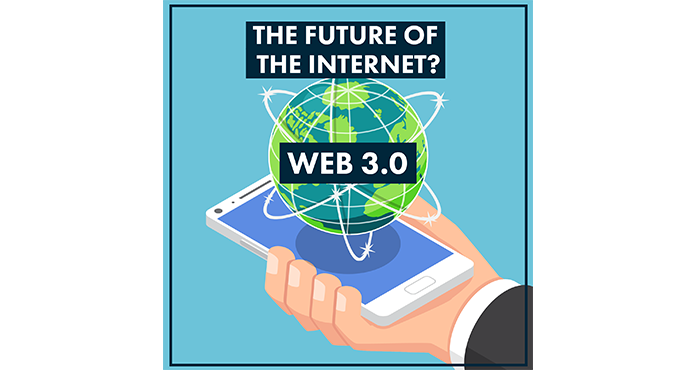
Web engineers that are currently working on the tertiary iteration of the Internet took Berners-Lee’s vision to heart and followed it thoroughly. Web 3.0 is meant to be more open than any of its previous iterations.
The Transition Stage or Web 2.5
The average user has probably experienced Web 2.5 but doesn’t know it. Web 2.5 is basically the transition from Web 2.0 to Web 3.0. In the current day, we can already see the usage of a lot of concepts that Web 3.0 is trying to achieve.

This stage might be the most troubling for people as a lot of tech companies won’t transition to Web 3.0 so easily. A lot of tech companies will be forced to adapt to Web 3.0 to make sure that their business stays afloat in the long run.
Although difficult, this stage isn’t without its silver lining. Web 2.5 will most likely cover a large stage of web development currently, which gives tech companies a lot of time to prepare and start dipping their toes into Web 3.0 engineering structure. This gradual, tried, and true method of failure and adaptation should result in a less cut-throat tech race than many people think of.
Principals of Web 3.0
Answering the common question of “What is Web 3.0?” is easier once you look into the core ideas behind it. These integral parts of Web 3.0 go as follows: pervasiveness, decentralization, knowledge engineering, and the linguistic complex.
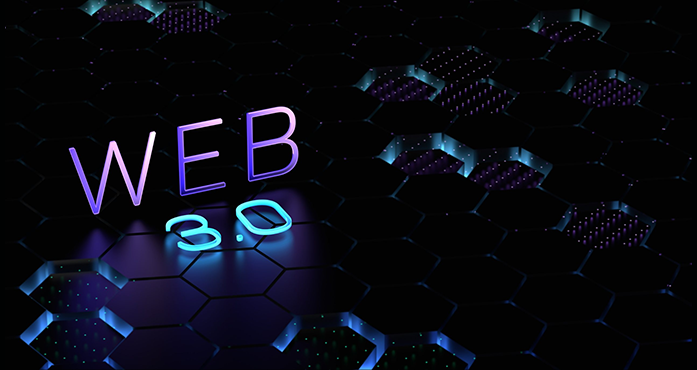
We can already see the foundation of Web 3.0 being laid in front of us with the emergence of blockchain engineering structure. Blockchain carries a lot of the same goals and ideas as Web 3.0, for example, decentralization. For years now, cryptographic ledger services have been used successfully in the field of DeFi.
Crypto projects as a whole will carry out a much more integral part in the workings of Web 3.0. It is planned for all monetary transactions on Web 3.0 to use various types of cryptocurrency to bypass the use of more centralized financial services.
Let’s go over the principles of Web 3.0 more thoroughly, so we can better understand it.
Pervasiveness
Pervasiveness in this context is meant to describe universality or to be commonplace. This idea isn’t new to Web 3.0, though. It is a pretty famous part of the Web 2.0 era. The pervasiveness of Web 3.0 basically means that it should be accessible to everyone using any platform.
Although this quality was present during the Web 2.0 era, Web 3.0 is going to take a whole new meaning as it aims to encompass not only phones and workstations but all future machinery as a whole.
Decentralization
Web 3.0 is pushing against the norms to greet a new form of the Internet – a self-sufficient web. Web 3.0 envisions a future where the internet experience is completely devoid of centralized database infrastructure, and big tech companies instead rely on a distributed automatic system.
We can see this idea in practice with Dapps, developed on distributed database services today. Instead of relying on in-house complex, Dapps are based on a series of dispersed servers. This provides obvious benefits like anonymity and better resistance to power outages and fraudulent activity.
Knowledge Engineering
The average web user is familiar with knowledge engineering or AI. Currently, content by many sites is curated to your liking, but once again, Web 3.0 is aiming higher. Web 3.0’s goal is to eventually make a knowledge engineering system that will perceive human language on a level that a normal person can. With this feature, Web 3.0 is promising to learn from your actions on the Internet, curate the content you see, and even predict future searches.
This part of Web 3.0 is the most exciting for the end consumer as it promises better customer support with the use of highly intelligent chatbots and easier use of the Internet in general.
Semantic Web
The idea behind the semantic web is a type of web that can perfectly understand language. Imagine feeling like you’re asking an actual person for information when you’re trying to look up something on Google. That’s the sentiment that the semantic web is trying to replicate. The semantic web improves the lives of the majority of users by detecting subtle language quirks to better-fit search results for each search query.
With the use of Web 3.0, a search engine will be able to accurately identify the query the user is demanding with the use of linguistics instead of simple keywords.
The Idea of the Semantic Web vs. Web 3.0
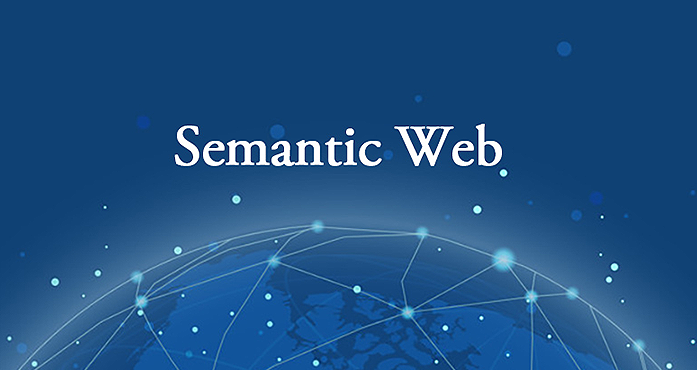
The concept of the Semantic Web is the driving idea behind Web 3.0, but sadly we haven’t reached the point where artificial intelligence can fulfill the ideas laid out by Tim Berners-Lee. His vision of this concept is way greater than what science can do currently, but Web 3.0 is getting closer than ever to that ideal.
The Common Misconception About Web 3.0 and Web 3
Although, at first glance, these two terms look the same, they carry very different meanings. Web 3 describes a system that is based on blockchain and nothing further, while Web 3.0 encompasses a much larger idea. Web 3.0 is as close to the linguistic complex as we can currently get, it makes use of knowledge engineering, and it’s open to everyone. Think of Web 3.0 as an umbrella term that encompasses Web 3.
Commerce in the Web 3.0 Future
Soon the field of commerce and finances will have to undergo a massive change from centralized finance to DeFi and digital assets. Many people predict that in the near future, people will forego traditional currencies in the change of cryptocurrencies.

The reason for this change lies in the mutual ideal of cryptocurrencies and Web 3.0. Both of these ideas strive towards anonymity and total self-reliance. Web 3.0 envisions a future where the price of a currency is curated by the community instead of tech giants and large corporations. The switch to digital assets is the most logical step forward from this perspective.
Upsides and Downsides of Web 3.0
The upsides of Web 3.0 are pretty apparent. The main reason why Web 3.0 is speculated to be such an industry-wide shakeup is due to the open network infrastructure that it uses. These networks make it so that all your data storage inside Web 3.0 is heavily encrypted yet still accessible by you from any device or place.
Additionally, Web 3.0 is mainly built on top of blockchain engineering structure that is developed by non-profit organizations which opens a gate for other developers to collectively build on top of Web 3.0 continuously. This factor creates a healthy developer environment where everyone can contribute to the collaborative design of Web 3.0.
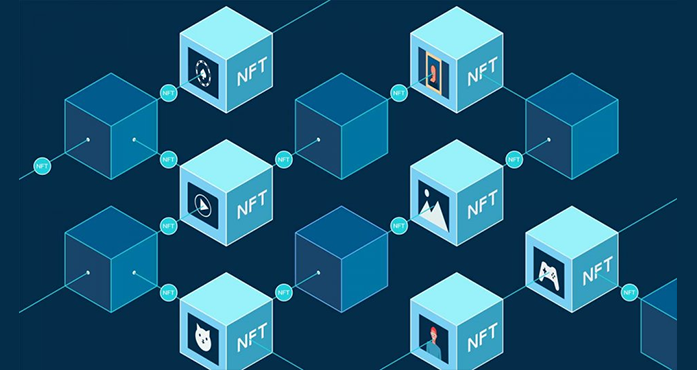
The downsides, on the other hand, are much harder to spot but carry enough weight for some people to be cautious of the transition to Web 3.0. Without a centralized structure overseeing the development and experience exchanges made within the Web 3.0 space means that consumer risk is high, and cyberattacks, alongside other forms of fraudulent activity, might become much more devastating to individuals.
With the rapid forwarding of Web 3.0, security services need to be one step ahead of the development process, which is quite complicated to achieve with such an advanced and new applied science.
Moreover, tech engineering spaces will need to put a lot more effort into the hardware they put out to be able to make use of Web 3.0 once it goes worldwide. Current hardware isn’t quite ready for the leap to come, which might spell bad news going forward.
The commonizing of this new form of the web means that any Web 1.0-like web pages and user pages will not be supported and most likely will be lost in the upheaval process. This downside might cause a big issue for the science community, which still uses a lot of Web 1.0 web pages to store data.
The global ecological sphere might suffer from the change as well since knowledge engineering, and state-of-the-art computing requires an immense amount of electricity and processing power. To illustrate this point, look no further than crypto mining which in and of itself consumes vast amounts of power.
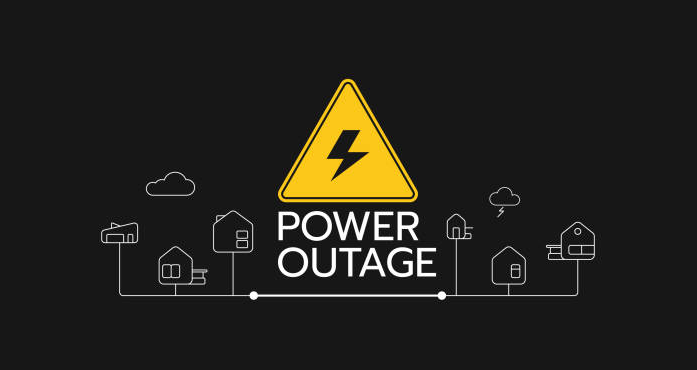
This level of power needed globally might become troublesome for the surrounding environment. Furthermore, poorer countries that don’t have access to such ample amounts of energy needed to support Web 3.0 might not even get to experience the new engineering science, only driving the gap between them and more developed countries further.
At the End of the Day
Web 3.0 as an engineering structure is a wonderful leap forward in network computing, and we should embrace it. Web 3.0 is proven to be a very helpful model on which a lot of software today operates. The integral ideas behind this new age of the internet seem to resonate with a lot of people. The ideas of self-reliance and internet ownership are valid wants of a lot of internet users.
Although great, jumping head-first into any type of breakthrough technology is generally ill-advised. Extensive research is still yet to be done on the nature of Web 3.0 and how the average user will benefit from it, let alone how big companies will transition to it.
All in all, the future seems bright. The prospects of easier and more comprehensive links with the Internet from day to day sound wonderful. We will be excited to see and report on further developments in this field.
